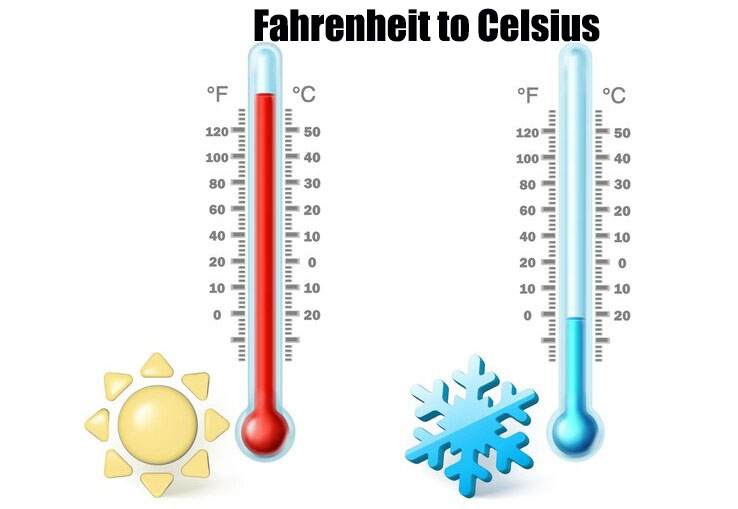Understanding Temperature Scales
Temperature is a measure of how hot or cold something is, and it’s quantified using various scales. The two most commonly used temperature scales are Fahrenheit (°F) and Celsius (°C). While Fahrenheit is primarily used in the United States, Celsius is the standard in most other parts of the world and in scientific contexts.
The Basics of Fahrenheit and Celsius
Fahrenheit
The Fahrenheit scale, developed by Daniel Gabriel Fahrenheit in the early 18th century, sets the freezing point of water at 32°F and the boiling point at 212°F under standard atmospheric conditions. This scale is particularly familiar to those in the United States.
Celsius
The Celsius scale, named after Swedish astronomer Anders Celsius, sets the freezing point of water at 0°C and the boiling point at 100°C under standard atmospheric conditions. This scale is used globally, especially in scientific and international contexts.
Why Convert Fahrenheit to Celsius?
Converting Fahrenheit to Celsius is essential for various reasons, such as:
- Traveling: Understanding local weather forecasts.
- Cooking: Following recipes from different countries.
- Science: Conducting experiments that require temperature precision.
- Everyday Use: Interpreting temperatures in global news and reports.
The Conversion Formula
To convert a temperature from Fahrenheit to Celsius, you can use the following formula:
°C=(°F−32)× 5/9
This formula helps to accurately convert temperatures between these two scales.
Step-by-Step Conversion:
Let’s break down the conversion process with a practical example. Suppose you want to convert 68°F to Celsius.
Subtract 32 from the Fahrenheit temperature:
68−32=36
Multiply the result by 5/9:
36 × 5/9 =20 Therefore, 68°F is equivalent to 20°C.
Quick Reference Chart
Here’s a quick reference chart for common temperature conversions:
| Fahrenheit (°F) | Celsius (°C) |
| 32 | 0 |
| 50 | 10 |
| 68 | 20 |
| 77 | 25 |
| 86 | 30 |
| 95 | 35 |
| 104 | 40 |
Useful Tips for Conversion
- Remember Key Points: 32°F equals 0°C (freezing point of water), and 212°F equals 100°C (boiling point of water).
- Approximate Quickly: For a rough estimate, subtract 30 from the Fahrenheit temperature and then halve the result.
- Use Tools: Digital thermometers, smartphones, and online calculators can provide quick and accurate conversions.
Conclusion
Converting Fahrenheit to Celsius is a straightforward process once you understand the formula and the logic behind it. Whether for travel, cooking, scientific work, or daily life, being able to switch between these temperature scales is a useful skill. Keep this guide handy, and you’ll master temperature conversions in no time.











